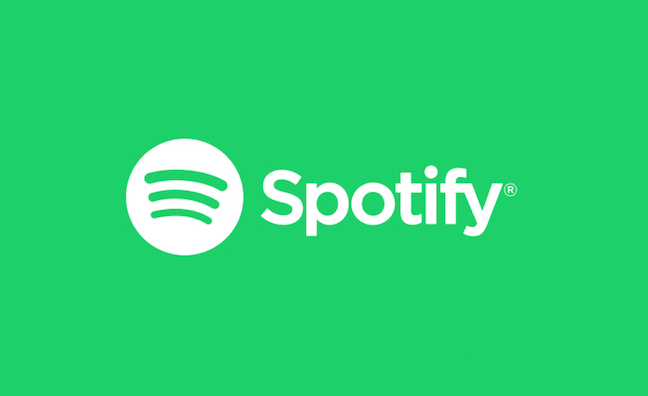Spotify’s official Q3 results are in. And for all the doom and gloom predictions about plummeting subscription rates everywhere in a much-disrupted global economy, it makes for better reading than some would have expected.
A quick recap: in Q2, the quarter-on-quarter movement showed growth slow down compared to recent years with premium users increasing by just 3% (six million subscribers) compared to Q1. That was, however, notably an improvement on the first three months of the year, when the quarterly increase was just 1% (two million subscribers) with Russia affecting the performance.
So where does this leave Spotify now?
Well, in the three months up to the end of September, the streaming giant added another 7 million premium subscribers to its Q2 tally (up 13% year-on-year, and 4% quarter-on-quarter), closing out at 195 million.
This 7 million growth in premium subscribers was, Spotify said, “1 million ahead of guidance” and down to three key factors. One was “outperformance across all regions, led by Latin America”, second was a “better than expected Q3 promotional campaign results across all regions” and last but not least, “continued strength in multi-user plans.”
Spotify’s global ad-supported MAUs, meanwhile, grew from 256 million in Q2 to 275m, a 24% rise year-on-year and 7% quarter-on-quarter.
Onto the bigger picture.
Spotify’s total monthly active users (combining premium subscribers and ad-supported MAUs) now stands at 456 million, up 20% year on year, and 5% quarter on quarter, and 6 million above guidance. These net additions of 23 million, Spotify claimed, represents its “largest ever Q3 growth”.
Spotify again cited outperformance across all regions, “better than expected intake in India as a result of a multimedia marketing campaign driving activations and reactivations” and “strength across Latin America, led by Brazil, due to marketing and OEM strength”.
The result of all of this is 21% year-on-year revenue growth to €3.0 billion, with premium revenue growing 22% year-on-year to €2.7 billion and ad-supported revenue growing 19% year-on-year to €385 million, which was said to be led by podcasting.
There was, however, a dip in premium average revenue per user (ARPU), with growth of 7% year-on-year to €4.63 down 1% at constant currency.
Net additions of 23 million represented our largest ever Q3 growth
Spotify
Spotify’s gross profit for Q3 was €750 million, up 12% year-on-year and 7% quarter-on-quarter, and a gross margin of 24.7%. Its operating loss was €228m, which Spotify said reflects its “operating expense growth of 65% year-on-year (or 51% year-on-year constant currency)”. It also cited: “Higher personnel costs primarily due to headcount growth (global ad sales team expansion, platform investment and acquisitions) and higher advertising costs for growth initiatives (Emerging Markets, Gen Z)” and currency movements having “a negative 1,433 bps impact on expense growth, or €85 million, given the unfavourable geographic mix of employee costs relative to revenue.”
Spotify’s Q3 report also included a projection for Q4, albeit one issued with a caveat that such expectations are “subject to substantial uncertainty”.
For the next quarter, Spotify expects its total MAUs to hit 479 million (“approximately 23 million net new MAUs in the quarter”) and total premium subscribers 202 million (“approximately 7 million net new subscribers”).
The streaming giants expectation is that it will hit total revenue of €3.2 billion, which “assumes approximately 800 bps tailwind to growth year-on-year due to favorability in foreign exchange rates”.
Its gross margin is predicted to be 24.5%, which reflects the “continuing benefit from marketplace and favourable revenue mix shift to podcasts, offset by investments in non-music content and product enhancement initiatives” and a operating loss/income of €(300) million, which is “approximately a €95 million impact to Operating Expenses due to year-on-year unfavorability in foreign exchange rates”.









